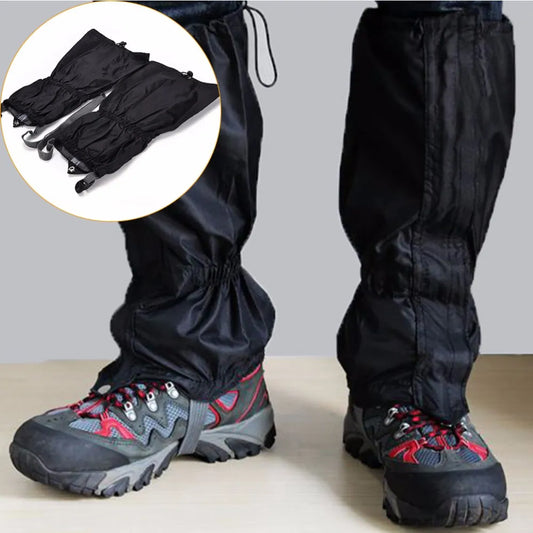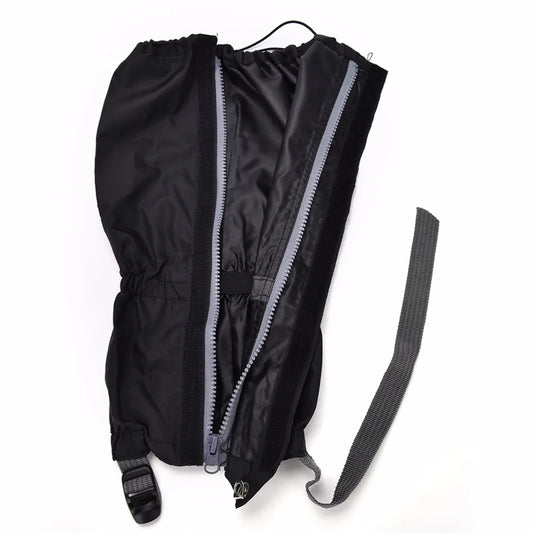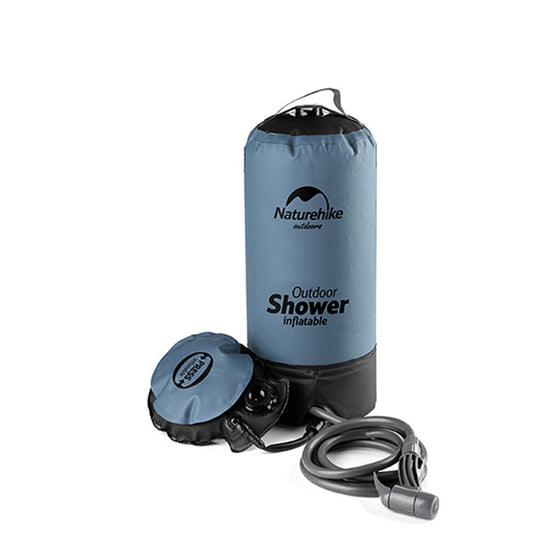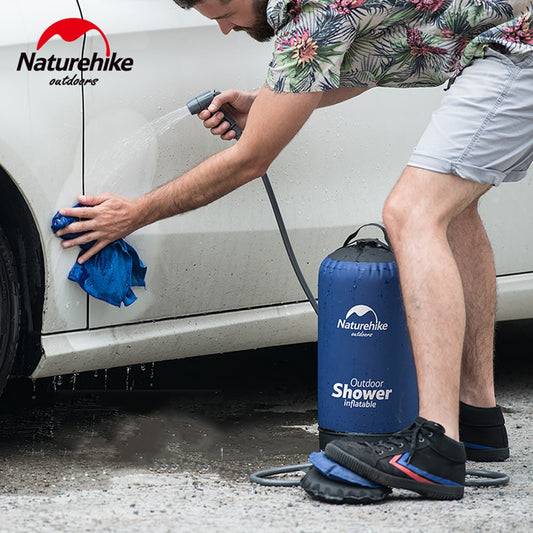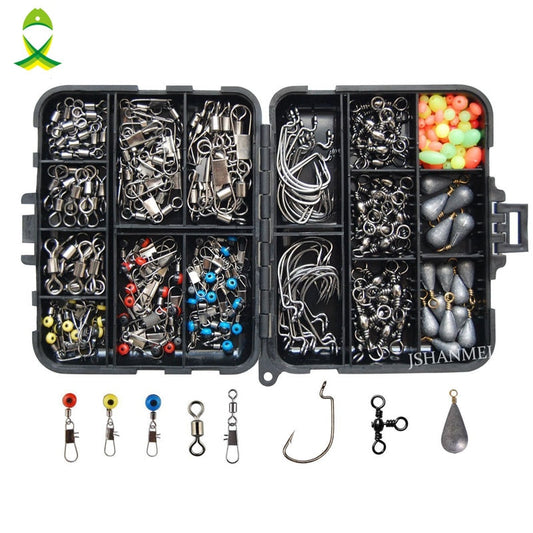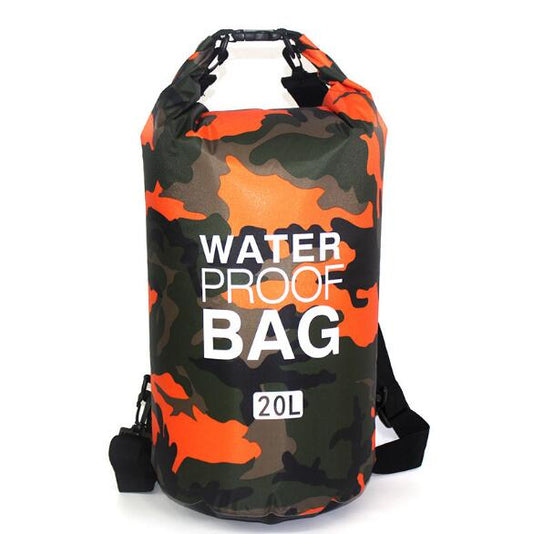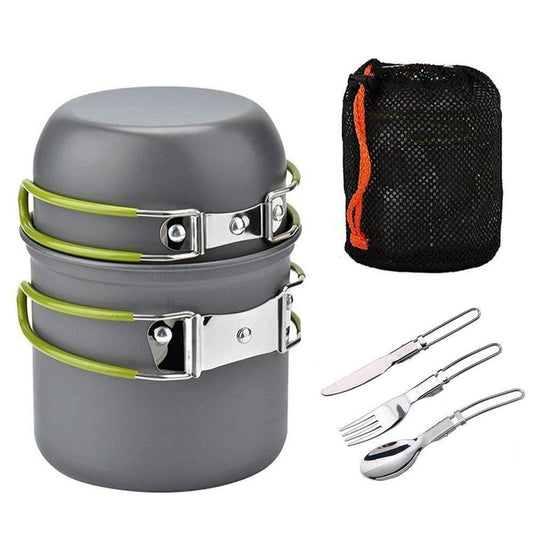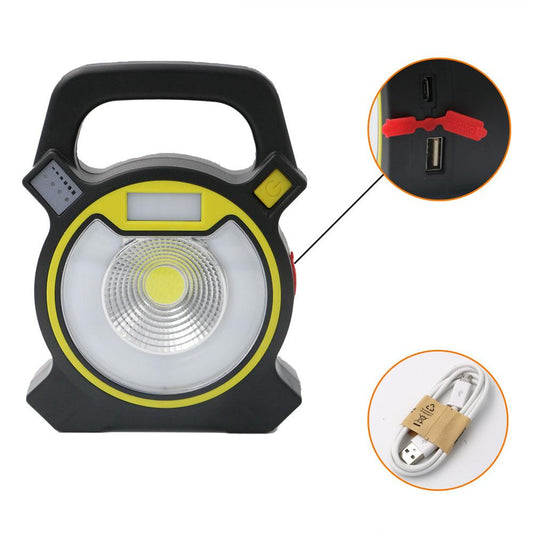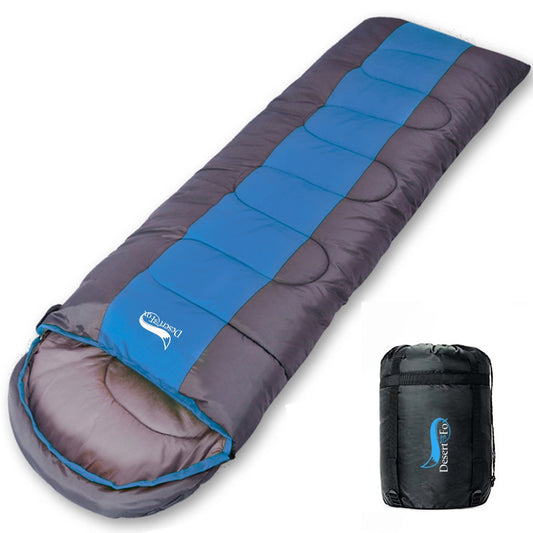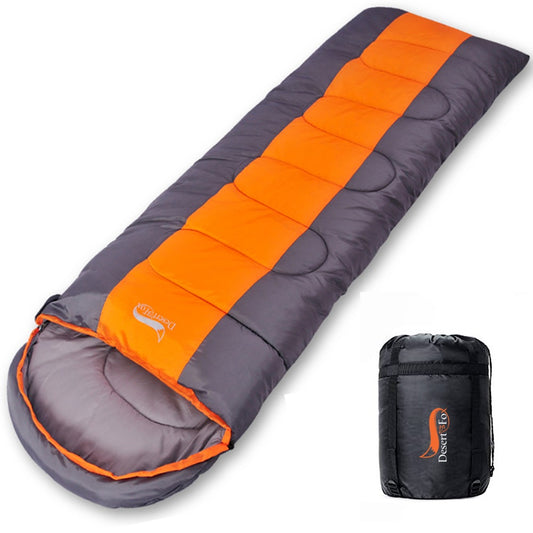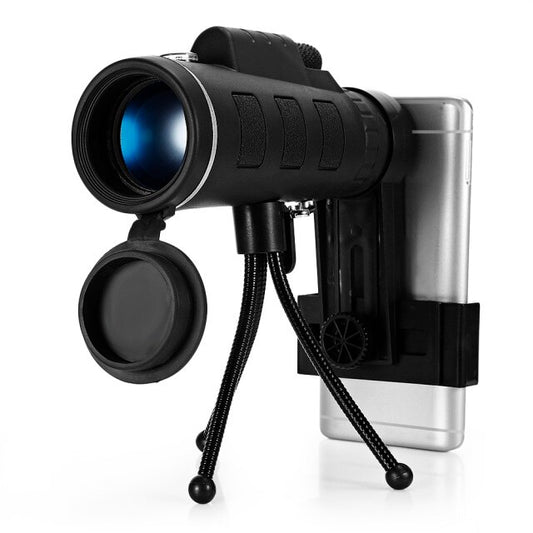
How to Stay Untraceable in the Wild
Share
The wind whispers secrets through the trees. The ground beneath your feet is alive with sounds of crackling leaves, shifting soil, distant calls. You move slowly. Nothing snaps. Nothing betrays you. You are invisible.
Welcome to the art of surviving undetected. For preppers and survivalists, vanishing into the wilderness isn’t just a skill, it’s a lifeline.

Survival starts here. Mind over matter. You must shed the hustle of civilization. The rustle of gadgets, the hum of engines, all fade. Your senses sharpen. Feel the pulse of the forest. Listen to the silence between sounds. Anticipate danger before it strikes. To blend in, you must become part of the landscape, not just physically, but mentally. The forest is not your enemy. It’s your shield.
When venturing into the wild, staying untraceable is crucial for safety and survival. Whether you're an avid hiker, a wilderness enthusiast, or a survivalist, mastering the art of staying untraceable can be a game-changer. Here are some expert tips on how to stay untraceable in the wild.
One of the key strategies to staying untraceable in the wild is to blend in with your surroundings. Choose clothing and gear that match the natural colors and patterns of the environment you are in. Avoid bright colors that can easily catch the eye of others.
Big heavy backpacks are a liability. Choose stealth over luxury and be sure to have a backpack that will blend into your surrounding wildlife as well. A heavy duty waterproof tarp, a quality multi-tool knife, water purification tools, a way to make fire and camo that breaks your outline. Your clothing should be earth tones only. Greens, browns, and muted grays. Avoid noise-makers. Opt for soft-soled boots. Every step counts. Rubber soles crush twigs, leather heels crackle.
Reduce your impact on the environment to avoid leaving traces of your presence. Practice Leave No Trace principles by minimizing noise, avoiding unnecessary movements, and refraining from altering the natural landscape. The less evidence you leave behind, the harder it is to track you.
Step lightly. Step slow. Feet near ground, weight balanced. Avoid dry leaves and brittle branches. Use existing paths but diversify. A single trail can lead pursuers straight to you.
Pause. Breathe. Watch for signs of other humans footprints, broken branches, smoke from a campfire. If you find them, change course immediately. At night, the forest is your cloak. Move only when necessary. Shadows hide many sins.
When moving through the wilderness, stay low to the ground to avoid being seen against the skyline. Move slowly and quietly to minimize noise that could give away your position. Be mindful of your surroundings and listen for any signs of approaching threats.

Utilize natural cover such as dense vegetation, rock formations, or fallen trees to conceal your presence. Avoid open areas where you are easily visible. By staying hidden in the natural environment, you increase your chances of remaining undetected.
Be aware of your surroundings at all times. Pay attention to any signs of human activity or potential threats. Stay alert and trust your instincts. By staying vigilant and observant, you can proactively avoid dangerous situations and stay untraceable.
If you suspect that someone is tracking you, consider leaving false trails to throw them off your scent. Double back on your path, create decoys, or use diversion tactics to confuse potential pursuers. By employing deceptive strategies, you can effectively evade detection.
Pitch your shelter where it blends. Next to a fallen tree, under dense canopy, near natural formations. Bright tarps and reflective materials scream “here I am!” Use natural materials to cover your setup. Keep your fire minimal. Smoke is a beacon. Use smokeless techniques or small smoldering embers. Cook cold meals if you can. Starve the enemy’s senses.
Water sources attract both wildlife and people. Collect rainwater or dew when possible. When approaching streams, do so downstream to mask noise. Drink in small, silent sips. Avoid sudden movements. Spilling water is a dead giveaway.

Trap and fish with care. Camouflage your snares. Avoid leaving tools or bait visible. Gather edible plants, berries, and roots, but know your flora. One misstep and you’re done.
Your scent carries. Most animals and people can smell you from afar. Wash with natural materials, avoid perfumes or unnatural scents. Your presence disrupts. Be patient. Learn to move without leaving a story behind. The forest remembers.
Surviving undetected is a dance with nature itself. It demands respect, patience, and absolute discipline.
Mastering the art of staying untraceable in the wild requires a combination of skills, knowledge, and resourcefulness. By following these expert tips and practicing wilderness evasion techniques, you can enhance your ability to navigate the wilderness undetected.
For preppers ready to disappear into the wild, mastering these principles isn’t just survival, it’s victory. In the silence of the forest, you become legend. A ghost unseen. A shadow untraceable. Stay silent. Stay hidden. Survive.
Presented by Coach Trina at Dragoyle.com




